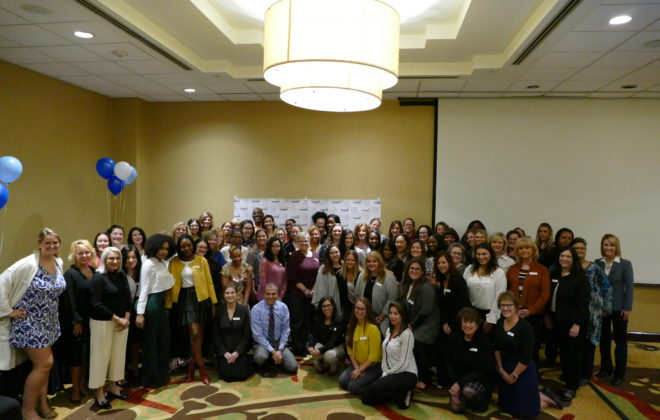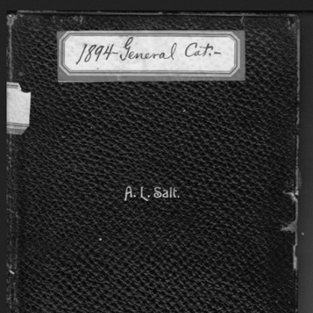The “Gray” in Graybar
Part 2 of 4
This is blog #2 of the Elisha Gray series. Read blog #1 here.
Meanwhile, another Clevelander by the name of Enos Barton, who had been a telegrapher during the Civil War, had made a name for himself by running a small business that developed and sold telegraphic components. George Shawk, a business associate of Barton’s, was foreman of Western Union’s Cleveland telegraph supply plant.

When Western Union closed the plant, Shawk bought some of the tools and equipment and went into partnership with Barton.
Through his association with Western Union, Elisha Gray had become acquainted with both George Shawk and Enos Barton. In 1869, Gray bought out Shawk’s interest in Barton’s company and formed the new partnership of Gray & Barton.
Part of the capitalization of this new partnership was a loan made by Enos Barton’s mother to her son after she mortgaged the family farm. And part of the capital was an advance made by Anson Stager to Elisha Gray so that Gray could develop his ideas of perfecting a small, inexpensive, and reliable telegraph printer.
General Stager was so impressed with the potential of Gray & Barton that he offered to become a partner, on the condition that the business be moved to Chicago. The partners agreed, and the infant firm moved to 162 South Water Street in December of 1869. Later on, the partners sold a one-third interest in their company to Western Union, and renamed the company the Western Electric Manufacturing Company.
Despite the bitter depression of the 1870’s, Western Electric prospered. Their first products were wire, batteries, insulators, and tools for the telegraph industry. Enos Barton was the business mastermind of the company, and Elisha Gray was the creative force.
The inventor exceeded Anson Stager’s high expectations of him. In 1872, Gray patented a device that converted incoming telegraphic signals to printed characters and symbols on a paper tape. Adopted by police forces and businesses such as stock exchanges, “Gray’s Printer,” the forerunner of the stock ticker, became an industry standard.
Read Part 3 of the Elisha Gray series here.
This article was republished from the Spring 1994 Graybar Outlook magazine.



